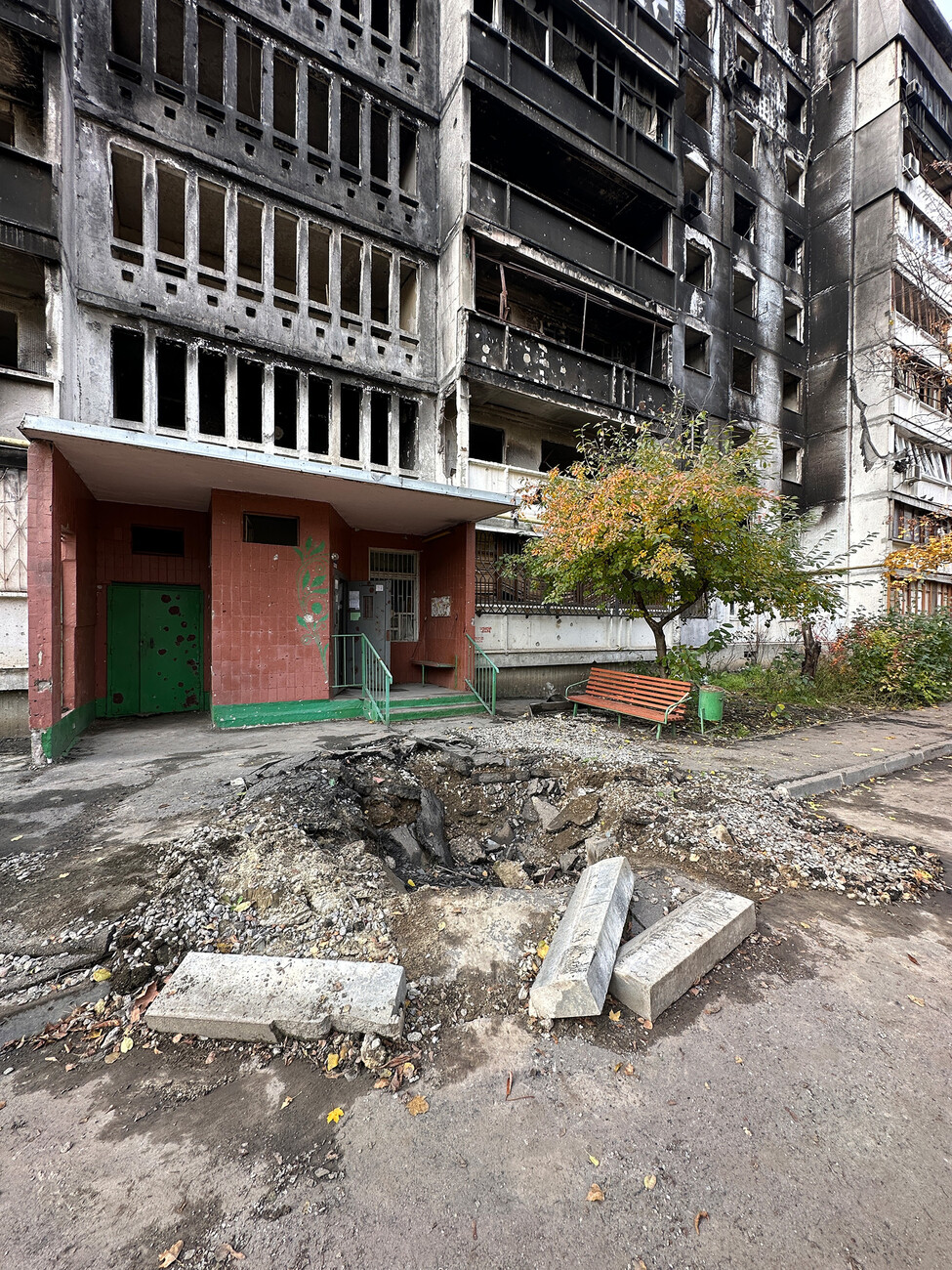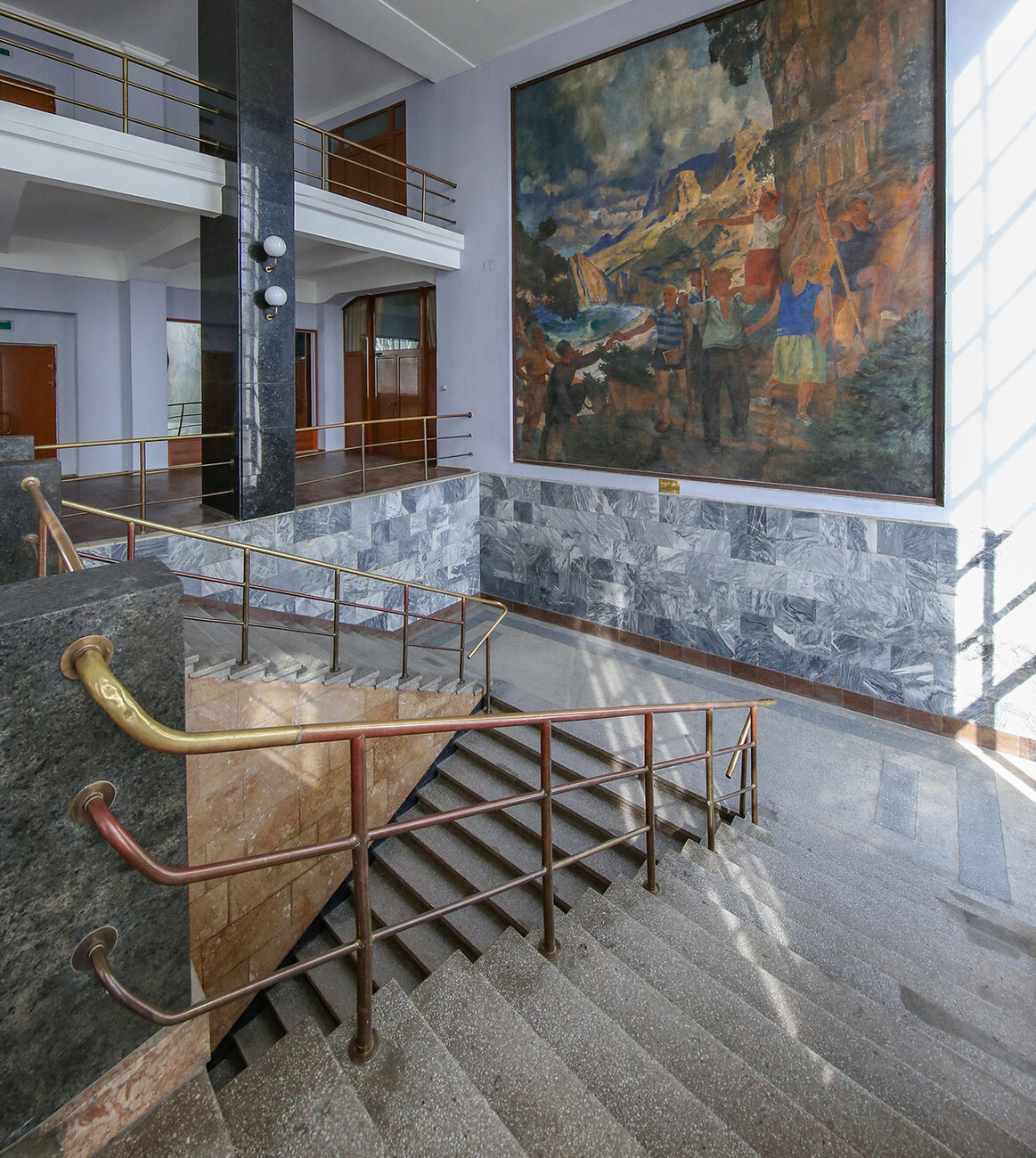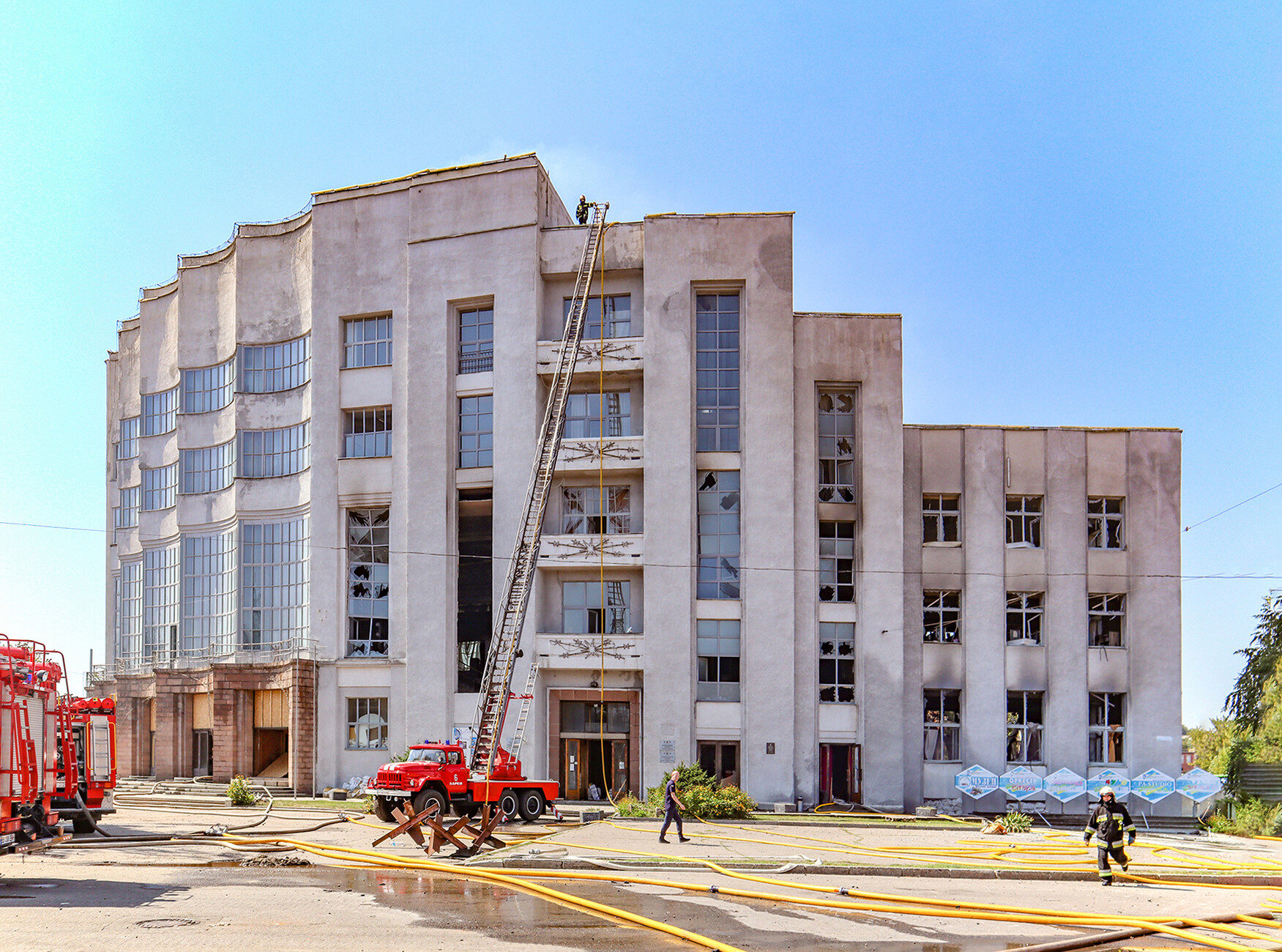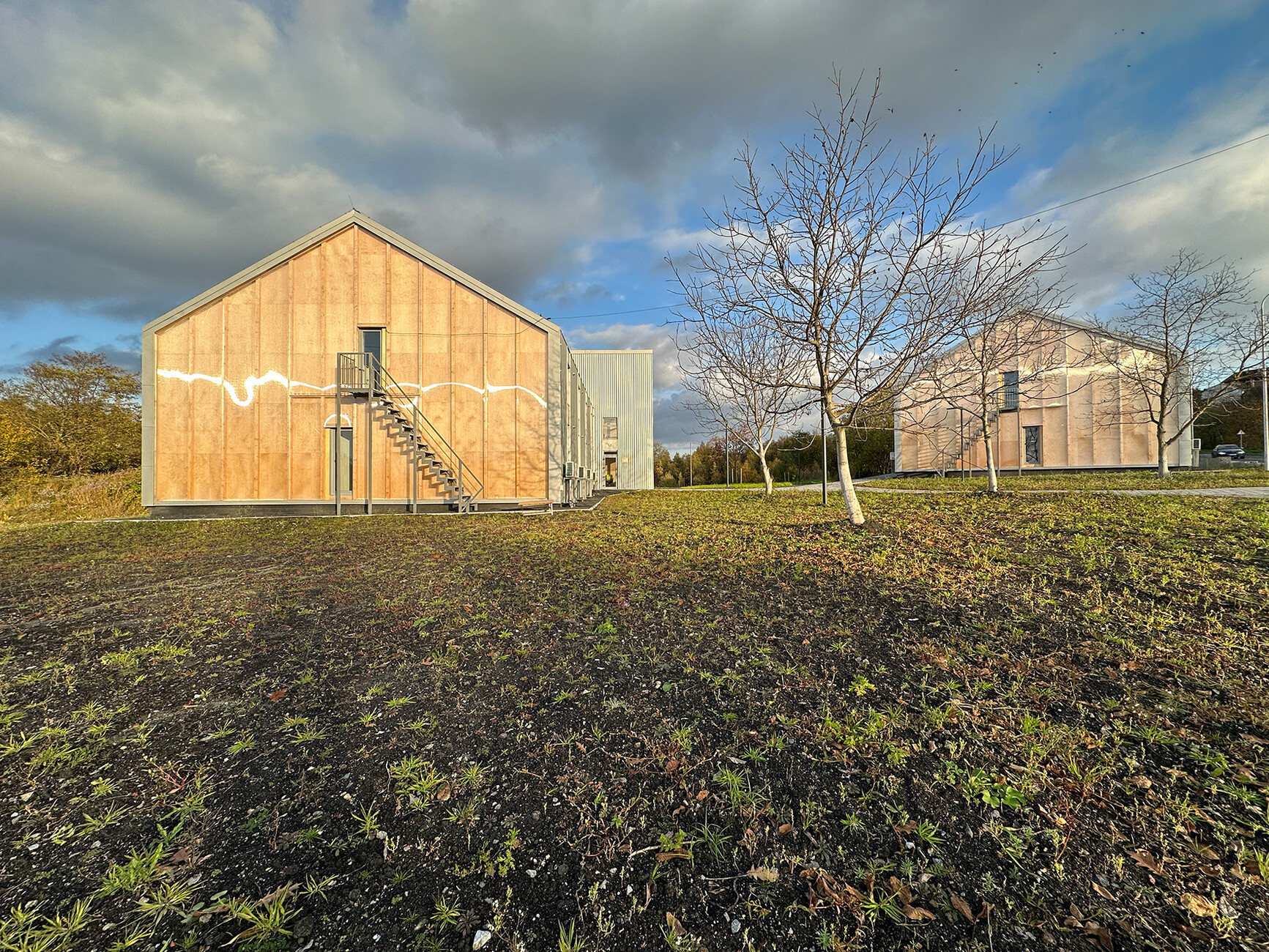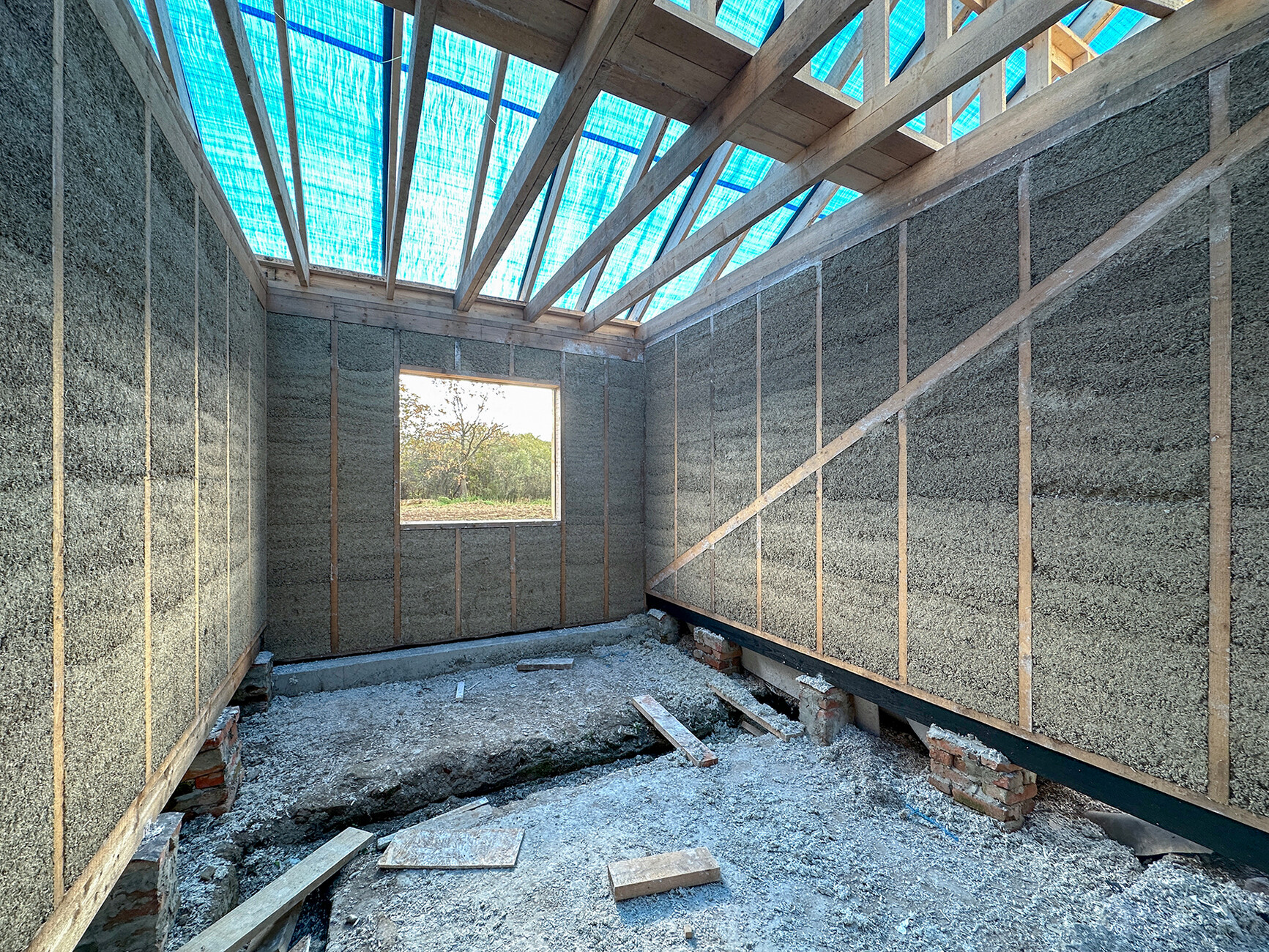Heritage preservation in times of war
Philipp Meuser trained as an architect and journalist; together with his wife Natascha Meuser he runs an architectural office in Berlin and DOM publishers, a publishing house for books on architecture. Unique architectural guides from Berlin to Pyongyang form part of the program, as do monographs on the architecture of former Soviet Union states. Meuser obtained his doctorate with a dissertation on Soviet residential construction between Stalin and Glasnost, and in 2017 was awarded the Cross of Merit of the Federal Republic of Germany for his cultural and scholarly interaction with the post-Soviet states. In 2018, he was made honorary professor at the University of Beketov in the currently embattled city of Kharkiv, where he holds a lectureship.
Falk Jaeger: How can we imagine the architecture in the Ukraine?
Philipp Meuser: I see the Ukraine as the European country per excellence because there are influences from all geographical directions to be found here. In western Ukraine, between the two World Wars you had the Polish influence, as well as the Slovakian and Hungarian influences. The south has a Mediterranean influence through the Black Sea climate. There were oriental influences and those from Constantinople. And of course the Russian influence must not be ignored. It tends to be marginalized in the discussion, but the fact is that Ukraine was part of the Russian Empire for several centuries. Russia and later the Soviet Union had a strong influence on the development of the country. Many areas were only industrialized and urbanized after World War II. Especially eastern Ukraine with Kharkiv, the Donbas, Lugansk thus also has a Russian past.
What happened after the collapse of the Soviet Union?
Philipp Meuser: What can be clearly seen is that Ukraine did indeed bring forth its own architectural language. However as west Europeans we must critically note that of course it succumbed to the turbo-capitalism of the oligarchs, who divided the housing market up among themselves. That said, there is in a certain sense an informal architecture created by ambitious architects who acting as agents of civil society have sought to nurture a European architecture that has not been commissioned by the state or the oligarchs. Among these are for example Oleg Drozdov or Viktor Zotov.
We see the houses destroyed by war on TV, and these are primarily prefab tower blocks. What role do prefab buildings play today?
Philipp Meuser: During the Khrushchev-era of the late 1950s, mass residential construction was initially carried out in brick, with industrially prefabricated buildings then created from 1960 onwards. Until the start of the war one year ago around 70 percent of the population lived in this Soviet-era housing stock. Now a third has fled or been displaced.
Are these Russian building systems?
Philipp Meuser: Interestingly, the development of the construction systems was decentralized and took place in the individual Soviet republics. While the II-57 type predominantly used in the east came from Moscow there are also some series developed in the Ukraine. You can tell by the Ukrainian names of the architects and engineers. They include, for instance, the series I-438, which makes up a quarter of all prefabricated buildings in the Ukraine. From our western perspective that was all planning controlled directly by Moscow Party HQ, but in the 1970s and 1980s there absolutely was also a Ukrainian architecture with independent architects. We ignored this fact for a long time.
To what extent is there an awareness in the country of Ukraine’s own architectural culture and for preserving the national heritage?
Philipp Meuser: Until ten years ago that was approached much as it was in Russia. In Russia heritage preservation works by tearing down a building and then erecting an exact replica in its stead. So it’s not about the building substance but about resurrecting the building in terms of its appearance. A new understanding of heritage preservation is evolving in the Ukraine. For example, the Railwaymen’s Club in Kharkiv was refurbished while retaining as much of the original substance as possible.
According to our criteria, then. Is the clubhouse still standing?
Philipp Meuser: It was hit by missiles in March and in August 2022. I was there in November and wanted to see the damage for myself. But the military has cordoned the site off and unfortunately you can’t get in. The building has presumably been gutted by fire, but that’s the case with many buildings in Kharkiv. It remains difficult to talk about monuments, about built culture, when people are cold, hungry and have nowhere to live. But I believe for the identity of people there and for our European identity it is important to do so. Ukraine is a country with a high level of education. The Ukrainian people know this architecture and they can appreciate it.
Is destroying culture a deliberate war aim for the Russians?
Philipp Meuser: In the capital city of Kyiv I frequently saw collateral damage done through imprecise shelling in the vicinity of infrastructure targets. In the north of the city the Russian army had in the first days of the war shelled every single building. In the east and south of the country cultural buildings were very specifically targeted. On the Black Sea coast for example a thousand-year-old monastery was deliberately destroyed, with some of the monks also killed in the attack. Across the country over 600 sacred buildings have already been destroyed, including a third of those belonging to the Orthodox church, which is loyal to Moscow. This exemplifies perfidious and brutal acts by the Russian army, which is associated with war crimes against people, but also against culture. I would now even go as far as saying that this brutalization has also seized hold of large parts of Russian society.
In Germany, during the war, various staff offices were already busy working on plans for rebuilding bombed-out cities during the war. Does this kind of thing exist in Ukraine? Is there a responsible construction ministry?
Philipp Meuser: There is a Ministry of Regional Development but of course it is completely overworked. Problems are created not only by the fact that the housing stock is at any rate completely out of date, but also because over 90 percent of Ukrainians lived in owner-occupied properties, and the grey rental market (meaning rental agreements between private parties) – is not really properly recorded for tax purposes. Only two percent of new builds fall under public, municipal or cooperative housing construction. Currently, 14 million of the population are fleeing the fighting. The western parts of the country in particular are faced with intractable problems and are trying to house refugees in container villages or vacated student halls. Who then is going to construct new builds and who is going to refurbish existing stock? Are the eight million who fled the country, most of them young people, ever coming back? What’s more, many are migrating from the countryside to the city. The population structure is in danger of demographic collapse.
Apart from funds and construction technology, is there something else the west must provide in support of reconstruction?
Philipp Meuser: If you ask a city council how many people live there, under what circumstances and where, they probably won’t be able to offer any precise replies. After all their urgent task lies in keeping communal services running on a day-to-day basis. I see a great need for advisory assistance. I don’t believe that the Ukraine will require architects from the outside, the colleagues in the country will manage by themselves, but in the area of project supervision, of project management, they need some know-how from abroad. How do you diversify a residential market? How does an building group function? How do I organize a cooperative? How do I organize a community association that for example needs a new roof for their damaged building? You have to start right at the bottom. There is an enormous refurbishment backlog, as 90 percent of residential buildings were erected before 1990 and have since been exposed to considerable wear and tear. Well-intentioned EU funding programs, for example, come a cropper in this regard. A few years ago, owners were offered up to 5,000 Euros to modernize their flats’ energy systems and reduce the energy consumption levels, but were unable to raise the investment of the same amount asked of them. The infrastructure-related restoration backlog of 70 percent is also dramatic. In the 1990s, the state privatized and deregulated everything.
Do you see construction sites, new construction activities taking place?
Philipp Meuser: Hardly. I have only seen significant residential construction in Uzhhorod on the border to Slovakia and Hungary. Here and there a few projects that had already begun before the start of the war, for example in Vinnytsia. The apartments are then sold as shells with no fit-out at cost price starting at 350 euros per square meter. That’s the social welfare housing construction the city initiated there. In Ukraine, housing construction has not been seen as an instrument of social policymaking to date. I almost fear that large housing estates will continue to be built out on the city limits as the players championing such an approach are large corporations. A dozen oligarchs who have divided the market territorially among themselves. Perhaps this will change after the war. Let’s hope so.
Last April, the British architect Norman Foster offered his support for the Ukraine free of charge and has since presented a reconstruction plan for Kharkiv. How is this to be assessed? Is he shrewdly exploiting the public coverage of the topic, as many have speculated, or can he actually help?
Philipp Meuser: That spread like a wildfire and was regarded critically as the impression was created that a star architect had been hired by the city administration. And so it stands to reason that Ukrainians would suspect foul play. However the story took place a little differently: Foster was at an Urban Thinkers conference as an UN ambassador and at the meeting the Mayor of Kharkiv Ihor Terekhov asked him whether the city could invite him to help with its reconstruction. “I’m in” Foster responded, and in the meantime he has submitted the first draft for a masterplan. Afterwards, the mayor called for Ukrainian architects to participate. They were however indignant, responding along the lines of “Now that the British star architect has come and planned something we get to sit at the table like little schoolboys. We can do this ourselves.” Understandable in a way. Something went a little wrong in the run-up here. Yet at the same time I believe that Foster, who can do without making another masterplan somewhere as he has enough on his plate, really does want to help and with his experience and the extent of his fame can manage to get things moving and get the Ukrainian architects on board. That’s why I don’t have such a critical view on the issue. The reconstruction of Kharkiv, an east Ukrainian city with a strong Russian influence, which has sadly taken the spotlight because of the war, can set a great example for the whole of the Ukraine. The partially destroyed city with a great deal of historical building stock as well as 40 internationally oriented universities can be rebuilt with more identity than for instance Mariupol, which is 90 percent reduced to rubble. Meaning if Foster is getting involved there on the back of a public event and there is no wheeling or dealing underway then I believe some advance praise is in order. And maybe the collaboration will be fruitful, because the Ukrainian architects, in contrast to Russia, which is organized “top-down”, are a little more rebellious. Their follow a more anarchistic “bottom-up” approach and tackle the tasks energetically and with confidence.


